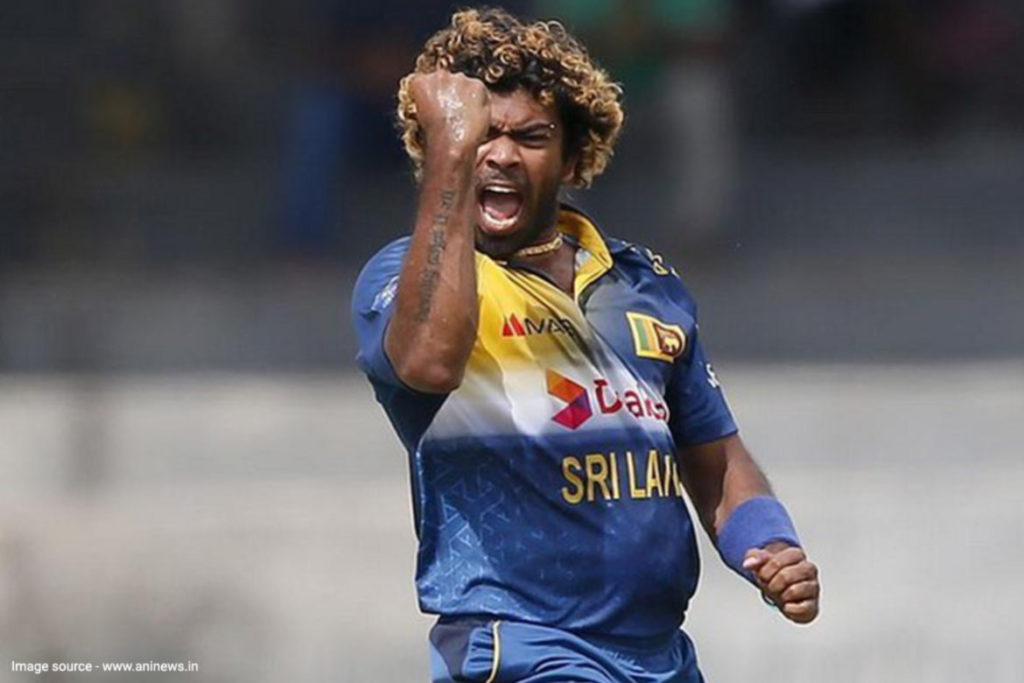cricket strike rate ,Given the importance of the metric in the game and cricket watchers frequently ask, “What is the strike rate in cricket?” Both bowlers and batsmen have diverse interpretations of strike rate.
Statistics are frequently used in cricket because it is a technical sport to determine how important a bowler or a batsman is. The average and strike rate statistics are used most commonly since they frequently provide a clear picture of cricket players’ careers.
cricket strike rate
Cricket’s batting and bowling strike rates were both developed after One Day International Cricket began roughly 50 years ago, making them both relatively recent statistics.
In Test cricket, a batsman’s temperament and skill are typically put to the test, and they frequently must exercise patience and face a lot of balls before attempting to play strokes.
However, there are a few unconventional batters who keep to their principles even in Test cricket and put up high strike rates, such as Virender Sehwag, Brendon McCullum, and Rishabh Pant.
Batsmen with better strike rates are prized more in ODI and T20I cricket. In order to determine how comfortable a batsman is against a certain kind of bowling, this component is also used to assess a batter’s capacity to score runs against various types of bowling (such as quick bowling or spin bowling).
Read More: A list of ten bowlers who have never bowled a wide ball during their career
What is the batsmen’s strike rate in cricket? How is the batting strike rate determined?
The average amount of runs a batsman scores after facing 100 balls in a game is referred to as the striking rate. The batsman’s aggressive and lethal approach against the opposing bowlers increases with the strike rate at which he scores during an innings.
Powerful batsmen tend to have greater strike rates than the others because they enjoy making huge strokes and scoring boundaries.
Given that scoring runs in a Test match is fairly challenging, it is also important to note that the context of batting strike rate differs significantly between Tests and limited overs cricket (ODI and T20I).
The total number of runs scored in an inning must be divided by the number of pitches faced by a hitter in order to determine the batting strike rate. The batting strike rate is the result of multiplying this ratio by 100.
(Number of runs scored in an inning)/(Number of balls faced) x 100 is the formula for batting strike rate.

What is the bowlers’ strike rate in cricket?
Another crucial figure that enables us to assess a bowler’s likelihood of success, particularly in longer formats, is the bowling strike rate.
The average number of balls bowled to dismiss a specific batter is known as the bowling strike rate. For bowlers, a lower strike rate indicates success because it takes fewer deliveries for the bowler to dismiss the batter.
The bowling strike rate evaluates how rapidly a bowler can dispatch a batsman, as opposed to the batting strike rate, which gauges the average runs a batsman scores after facing 100 deliveries (the speed of an innings) (the quickness of the dismissal).
A significant distinction exists between batting strike rate and bowling strike rate. Bowling strike rate is the exact opposite of how batting strike rate is more crucial in limited overs cricket (T20 and One Day cricket) than in tests.
In Test cricket, a bowler’s ability to take a wicket takes precedence above their ability to allow runs to be scored; in contrast, a T20I or ODI bowler must maintain a high economy rate, otherwise, fewer runs are allowed per ball, even if they take fewer or no wickets.
Introducing Hyundai Venue facelift launched at Rs 7.53 lakh in India
Bowlers have the highest lifetime strike rates (in Tests)
| Rank Player Team Balls Bowled Wickets Bowling Strike Rate |
| 1 Duanne Olivier South Africa 1440 48 30 |
| 2 Kyle Jamieson New Zealand 1202 36 33.3 |
| 3 Kuldeep Yadav India 1063 26 40.8 |
| 4 Kagiso Rabada South Africa 8431 202 41.7 |
| 5 Pat Cummins Australia 7734 164 47.1 |
The players on the aforementioned list are all active right now, it must be said.
Duanne Olivier, a South African speed bowler, now holds the record for the best strike rate in his very brief Test cricket career. On the last South African tour, Olivier also caused trouble for India, and he is fully aware of how to take advantage of the fast and bouncy conditions at home.
Only one spin bowler, Kuldeep Yadav of India, is included on this list. Along with Pat Cummins and Kyle Jamieson from Australia and Pat Rabada from New Zealand, the top five list also includes Duanne Olivier’s South African counterpart Kagiso Rabada.
